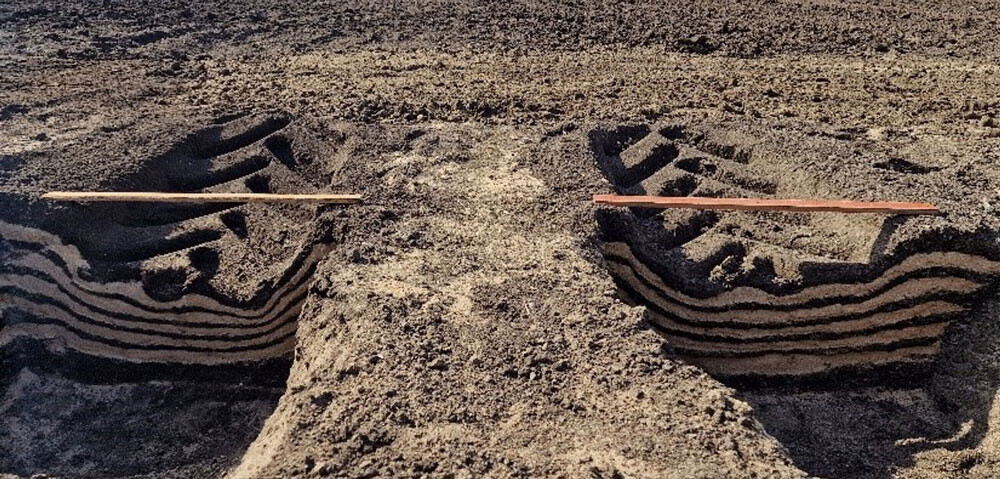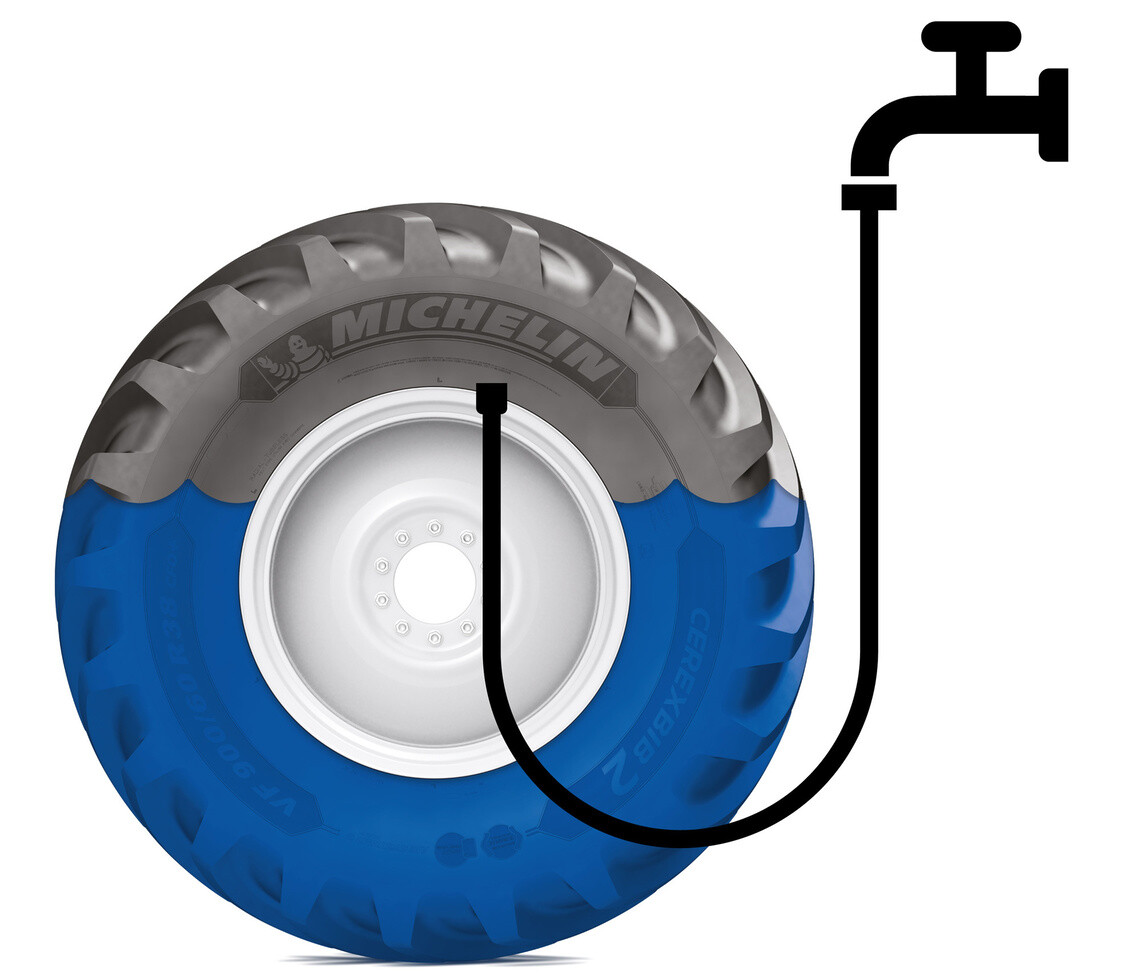
How can you support efficiency when ploughing?
How can you support efficiency when ploughing?
SUMMARY:
Avoid a risk of increased slippage
Ploughing, like decompacting, is a job that requires high torque. Quite simply because the tractor is subjected to high rear-end stress due to the implement being driven into the ground, which requires the passing of power to progress across the field despite soft or wet soils.
In these conditions, if traction is insufficient, the result is a high slippage rate. To ensure efficient transmission of power to the ground, we have calculated that a slippage rate of between 10% and 15% is optimal for tyres. To obtain this, here are a few tips.
Choose big and wide tyres
To support your tractor's efficiency when ploughing, we recommend choosing tyres with the maximum diameter approved for your tractor. Why? Because a larger diameter facilitates power transmission, reducing the risk of slippage and ensuring better grip on the ground. Comparative tests have shown significant differences in productivity of up to 15% between tyres of different diameters.
As well as a large diameter, opt for a wide section. The wider the tyre, the more points of contact it has with the ground. This translates into a greater number of lugs on the ground or a greater surface area of rubber in contact with the ground. This increased supports better power transmission and therefore should lead to a greater tractor efficiency when ploughing.

Increased footprint means better power transmission and therefore greater tractor efficiency
Choose tyres with the right technology
Some tyres, such as those of the VF standard (Very High Flexion), are designed to withstand loads at lower pressures than standard tyres. This feature allows the tyre to flex and therefore increase the surface area of its footprint, resulting in greater traction efficiency.
In our ranges, tyres with MICHELIN UltraFlex Technology (VF standard) should be a good choice for a larger footprint and therefore having the right power transmission.

MICHELIN EVOBIB: VF tyre
Apply the right pressure
To have the right traction when ploughing, it's essential to adjust tyre pressure.
Our MICHELIN AGROPRESSURE free tool helps you determine the ideal pressure for the specific configuration of your tractor and implement. Remember that it's crucial to adjust pressures taking into account both load and speed, as tyres are designed to withstand specific loads and speeds at given pressures.
If, despite these adjustments, the tractor still has difficulty transmitting its power, the power-to-weight ratio should be examined. A light tractor combined with a heavy implement may have difficulty gripping the ground and transmitting the necessary power, in which case ballasting may be a solution to balance the tractor and improve its efficiency.
The ballasting option
There are several ways of ballasting a tractor.
The most common is the addition of front weights to balance the tractor in relation to the rear-mounted implement. Wheel weights are increasingly used on high-powered tractors. However, they require pressure adjustments, as they add an extra load to the tyres.
The alternative is to use water to ballast the tyres. This is a less expensive solution that consists of injecting water directly into the tyres. It has the advantage of not requiring any changes to tyre pressure. However, it is advisable to check the pressure regularly, as some of the air remains in the tyre. Also, consider adding an anti-freeze additive for winter.

Ballasting tyre with water
For ballasting, a ratio of around 50 kg per horsepower of tractor is generally recommended, but this may vary depending on traction conditions. More info on ballasting here.
The twinning option
Twinning (coupling two tractor tyres on the same axle) is another option to support tractor efficiency when ploughing. The advantage of twinning lies in the fact that it doubles the surface area of the tractor's footprint on the ground. By increasing the footprint, the tractor benefits from more grip points, making it easier to transfer power.
Twinning also helps to limit soil compaction.
Need more advice? Discover our tyre maintenance and caring guide




